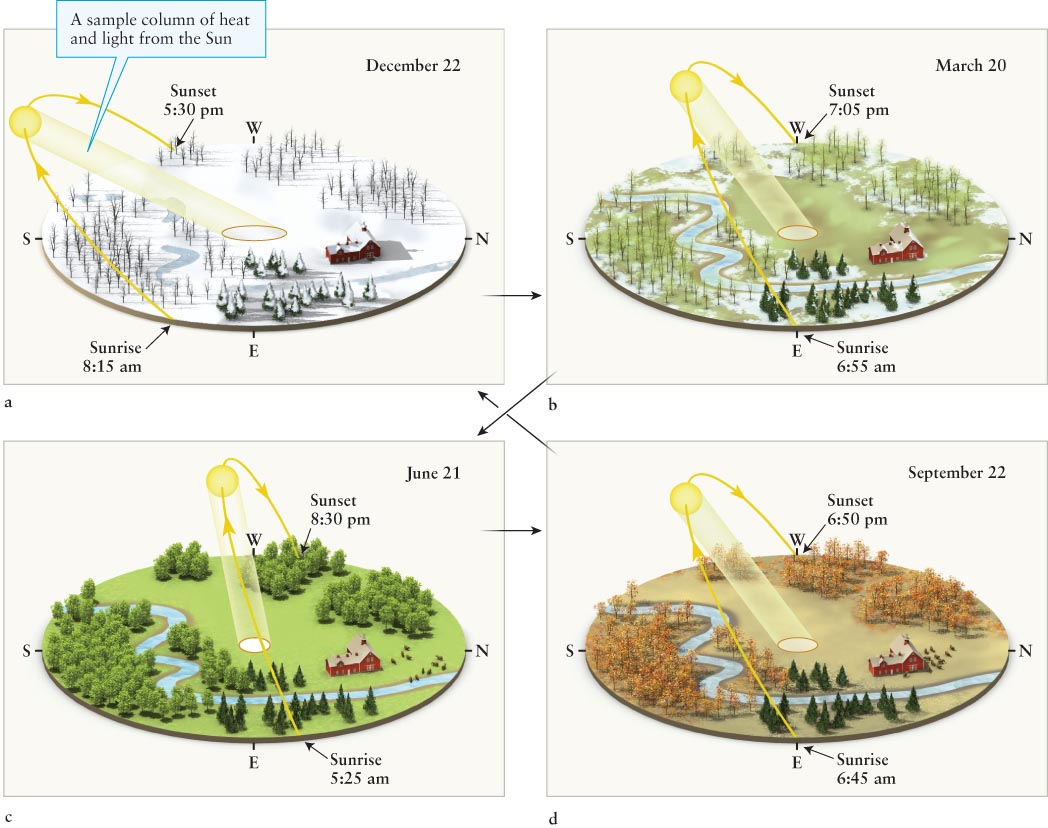
Figure 1- e— r— x— g— e— r—